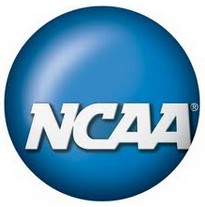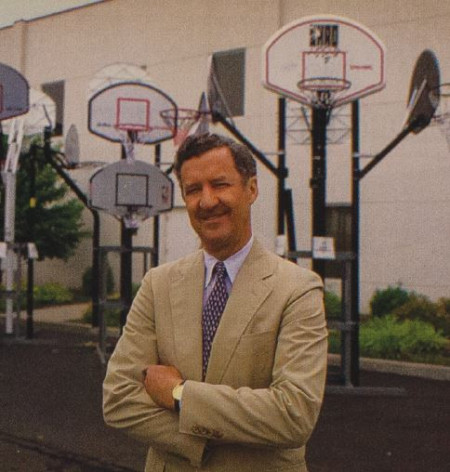DOWNERS GROVE, ILLINOIS (July 27, 2020) – The National Operating Committee on Standards for Athletic Equipment (NOCSAE) held its Summer Standards meeting virtually on July 27 because of the COVID-19 pandemic. Here is a recap of the meeting attended by NSGA staff members:
- The standard performance specification for recertified football helmets (ND004-11m15) and the test method and specification for football gloves (ND019-10m15a) required a five-year affirmation because no changes had been made to the standards during that time period. Maintaining the standards in their current form passed.
- There was discussion of a proposed revision for the standard test method and performance specification used in evaluating the performance of protectors for commotio cordis (ND200-20). This is the standard currently used for baseball and lacrosse chest protection. This will remain in proposed status because NOCSAE determined the revision needs refinement and it needs time to work with manufacturers to make sure the chest protection is still covering the cardiac silhouette.
- There was a discussion on the standard performance specification for newly manufactured youth football helmets (ND006-20). This standard could not be moved from proposed to final status until January 2021 at the earliest. With a new standard, no final date will be determined until it is voted into final status.
- Non-contact (flag) football headgear was discussed. NOCSAE does not believe soft headgear provides adequate protection and said traditional football helmets are not likely to be adopted. The question was raised if traditional football helmets are appropriate for non-contact football.
Renowned concussion and head injury expert Dr. Robert Cantu also discussed the issue of head impacts in sports and why he is optimistic about contact/collision sports in the future. Cantu said the greater number of hits to the head, the greater the abnormality found in the brain, but that it is a “really high number of impacts.” If you played football only at the high school level, there is very little to almost no risk of CTE, but when players start before age 12 the risk increases, according to Cantu.
Cantu also believes some of the rule changes helping reduce head injuries in football are making a difference such as limiting full-contact practices and eliminating the use of the head as an initial point of contact in tackling and being tackled.





 Back
to News
Back
to News